15 Interesting Beaver Facts You Need to Know
From their orange teeth and dam-building skills to their deliciously sticky bottoms, there are lots of reasons to check out this list of mind-boggling beaver facts!
Are you looking for some interesting facts about beavers? How about some beaver teeth facts? Or what about a few beaver diet facts? Well we have facts about all these beaver-y things and more! These amazing animals are really important for the environment, and have evolved some incredible abilities - like eating wood or building huge, complicated dams! So read on to find out more - oh, and just wait for the fact about their gooey bums! Trust us!
But if these facts are just TOO interesting, never fear - we have lots of others to pick from! Have a looksie at these slug facts, these octopus facts, or even these goblin shark facts! Animal facts for everyone!
1. Beavers have orange teeth!
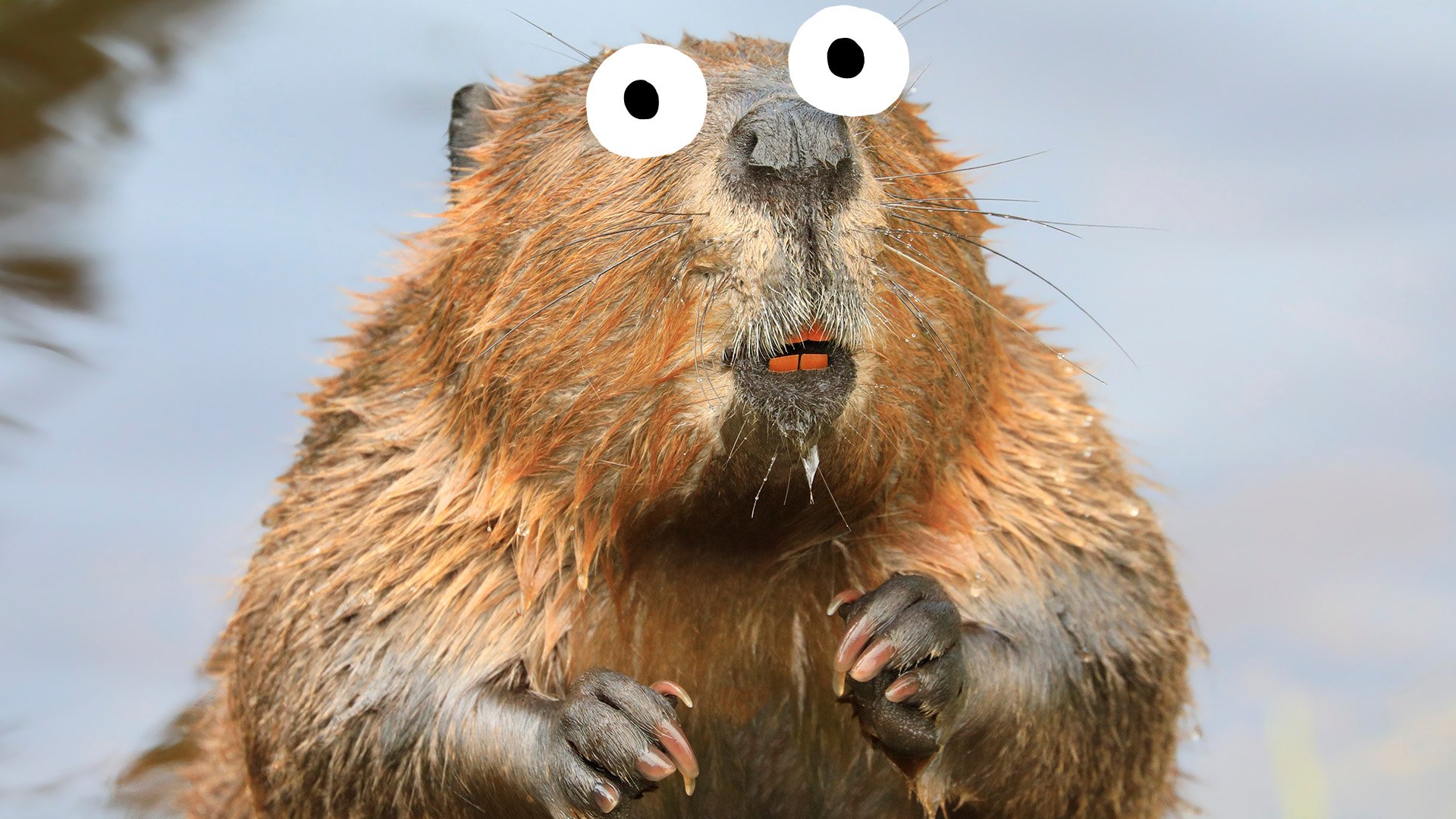
Their teeth are covered in a special enamel that keeps them strong and sharp, and also gives them their distinctive color. The orange colour actually comes from iron - that's right, beavers have traces of iron in their teeth (other rodents usually have magnesium). No wonder they're so good at chewing!
2. Beavers are great swimmers (but not the fastest)
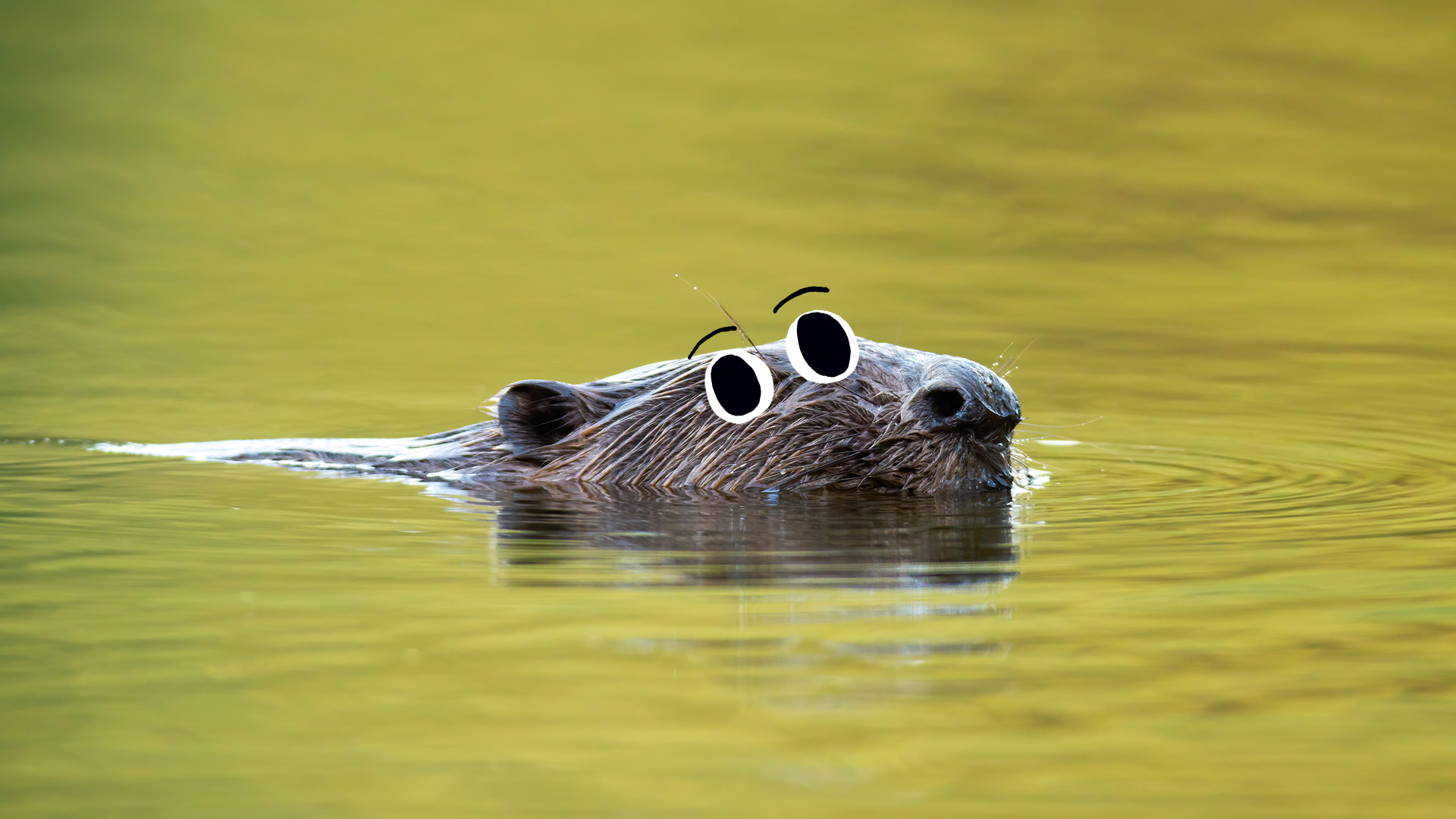
They can hold their breath underwater for up to 15 minutes! Their webbed feet and flat tails make them excellent navigators in the water. They're strong swimmers and can even swim upstream! Whilst they can only reach about 5 miles an hour in the water, this is pretty impressive for an animal that spends so much time on land.
3. They eat tree bark
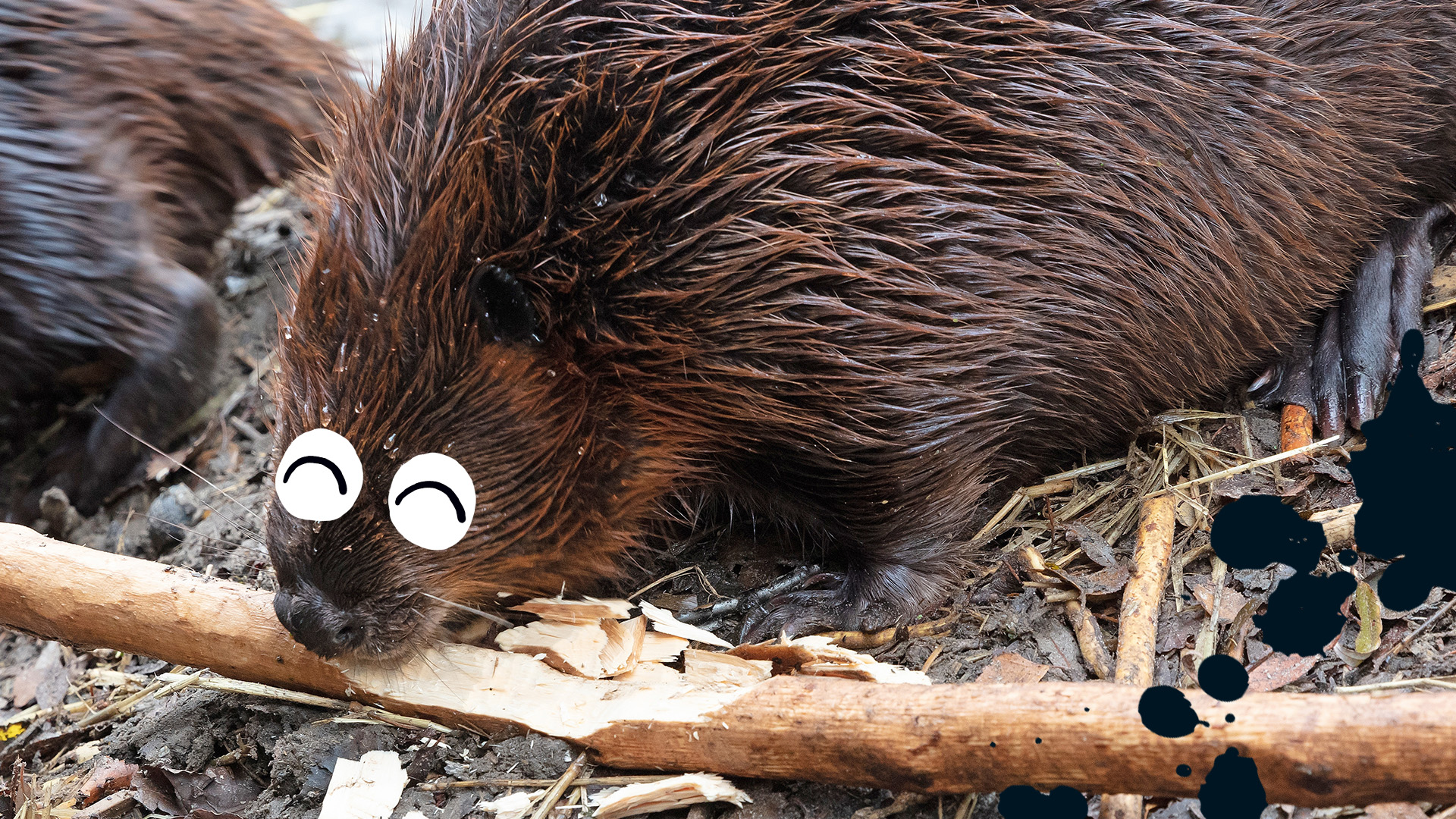
Beavers are vegetarian, and love to eat leaves, plants and even tree bark and wood! They have a special pouch in their digestive system to help them break it down. It's called a cecum, and is like a bag in their intestines that's FULL of bacteria. The bacteria ferments the bark and allows them to digest it. Delicious.
4. They're great builders
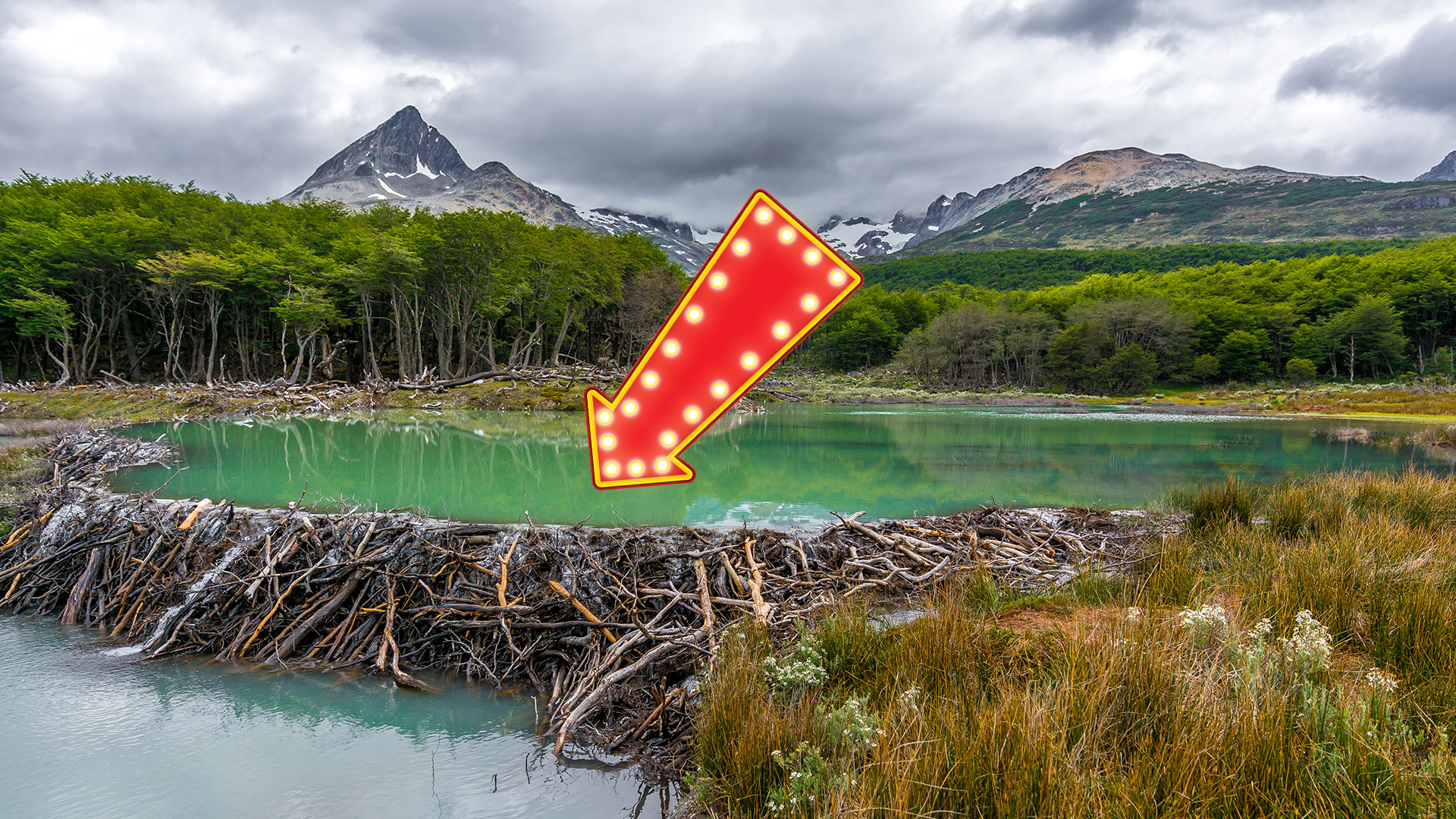
Beavers are famous for building dams, and so they should be! Their dams can be up to 3 metres tall and 30 metres long, and can create entire ecosystems by flooding areas and creating wetlands. Beavers and their dams are really important for the environment... but more on that in a little bit!
5. They don't just build dams
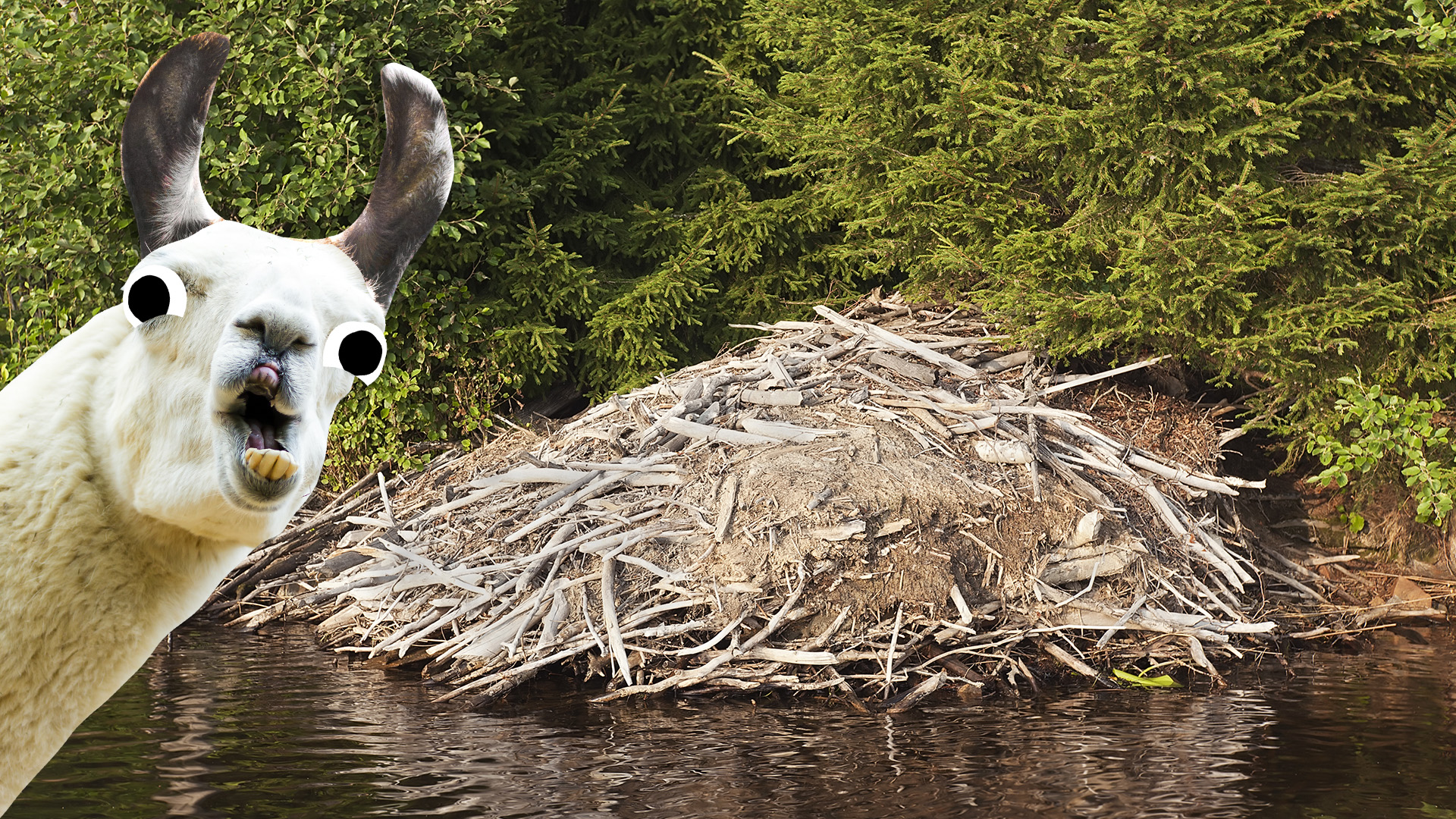
You may have already heard the fact about dams, but did you know that they also build their homes, called lodges, out of mud and sticks? These lodges have very clever designs, and feature underwater entrances to protect the beavers from predators! Amazing!
6. They're really big rodents
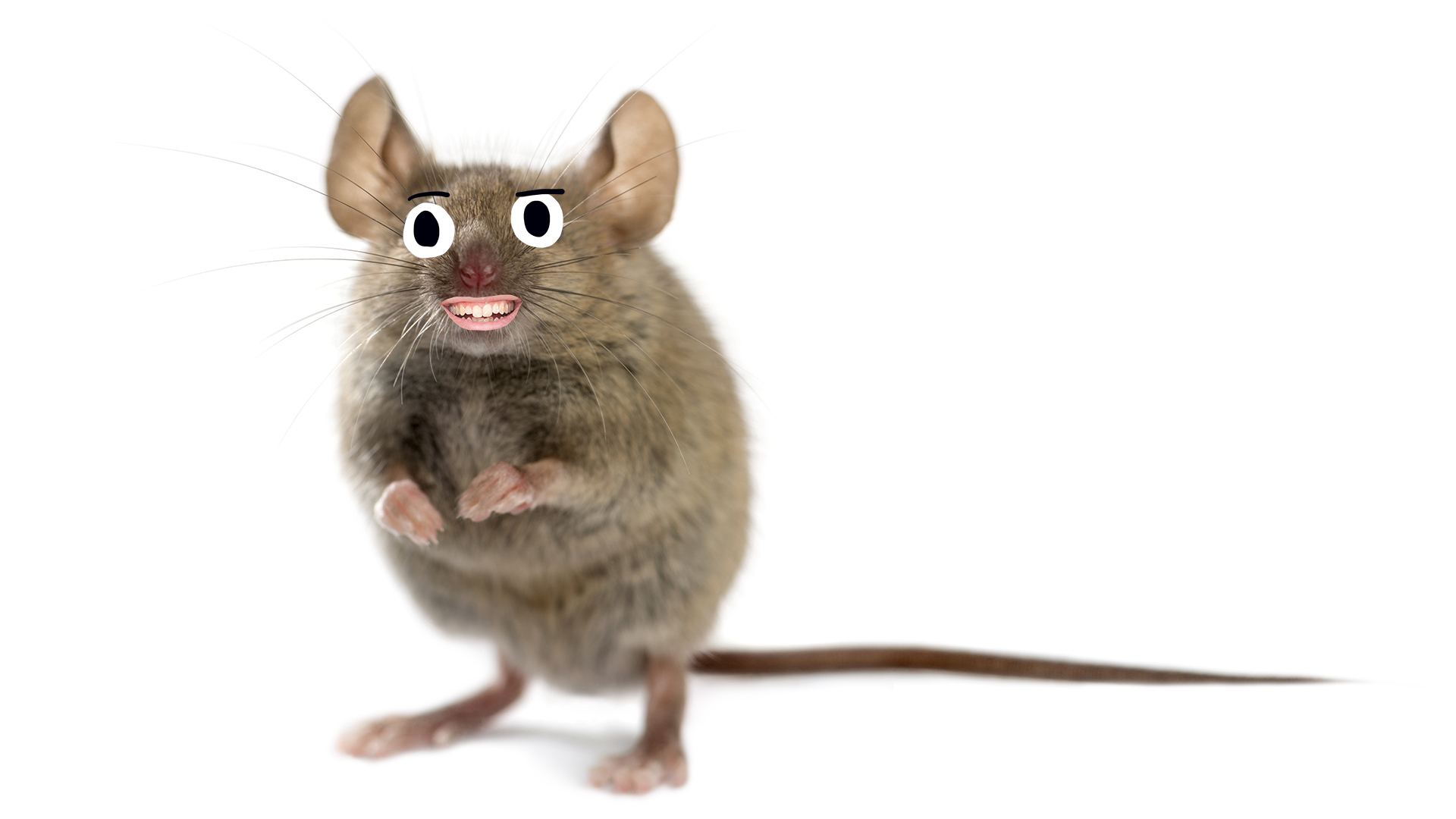
Beavers are one of the largest rodents in the world, and can weigh up to 31 kg! This is the same family of animals as mice, rats and voles... and out of our rodent friends only the capybara is bigger!
7. Beaver have gooey bums
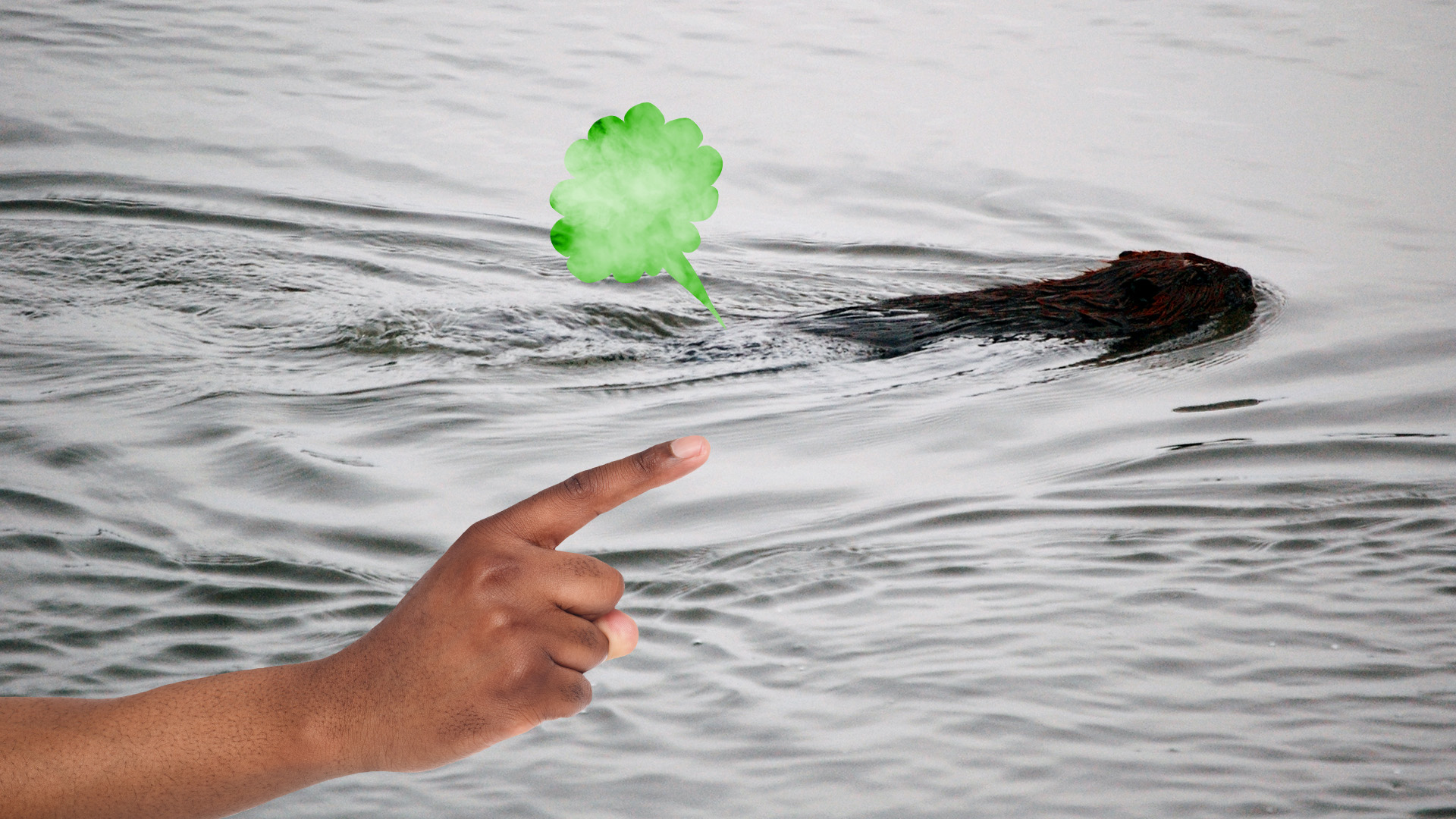
Pardon? Well - Beavers have a special gland in their bum called the castor gland, which produces a sweet-smelling sticky goo called castoreum. Beavers use castoreum to mark their territory and communicate with other beavers. Ok, cool. But wait! It gets better!
8. We like their sticky bums too!

A fun fact about castoreum is that even though it comes from a beaver's anal glands, it's used as a flavoring in some foods and drinks! Castoreum has a sweet, vanilla-like smell and taste, and is sometimes added to things like ice cream and sweets. Don't worry though, most of the castoreum used in food today is synthetic, so you're not actually eating beaver bum juice! But you might have!
9. They're great lumberjacks
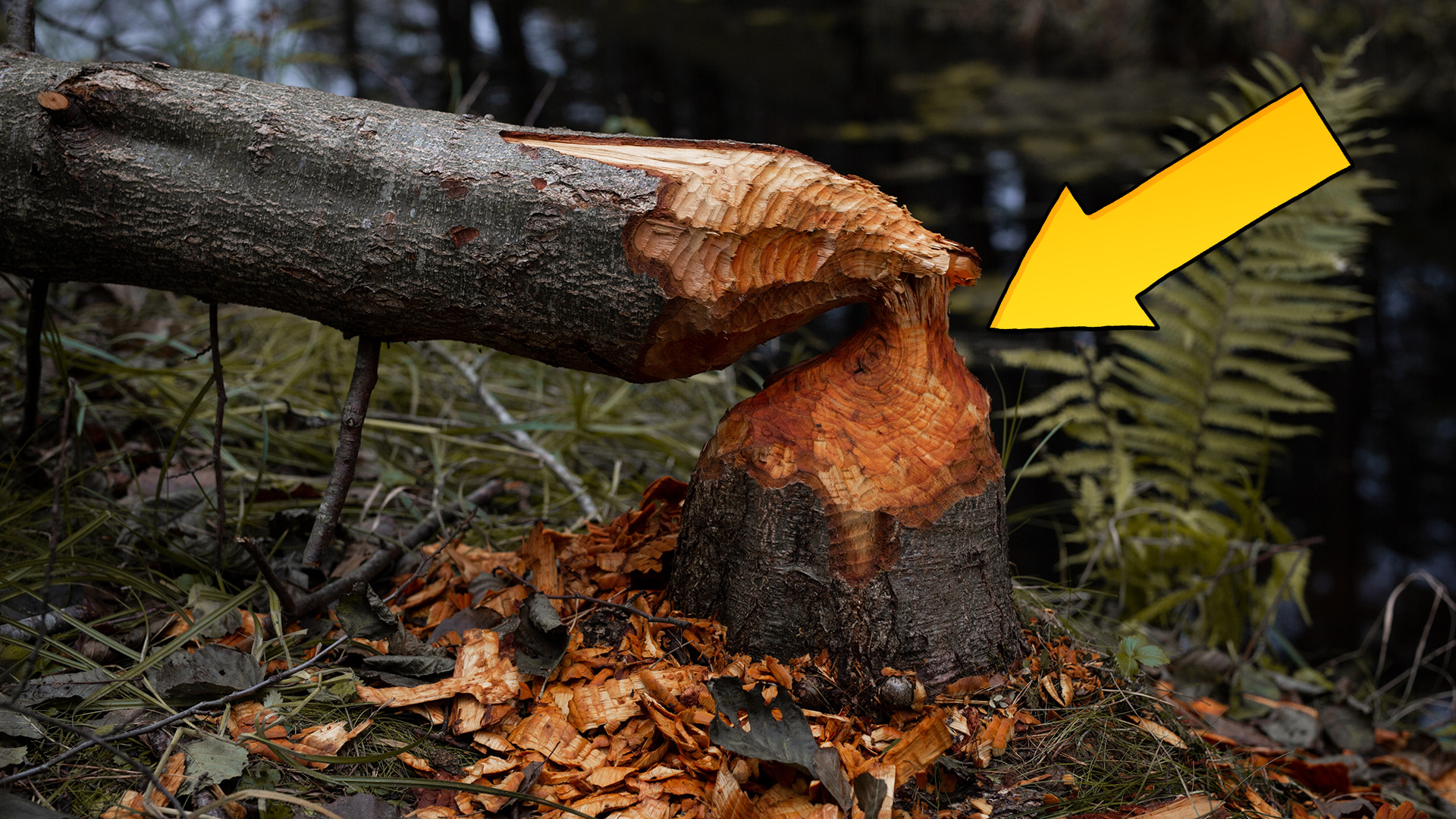
Beavers instinctively gnaw down trees in a special way, by nibbling them at a 45 degree angle. This allows them to cut down trees quickly and efficiently, without causing them to fall on top of their lodges or dams. Safety first - even beavers know that!
10. Beavers can really mess our stuff up

Beavers can damage human stuff like roads and buildings if their dams and lodges are not properly managed. They have been known to build dams in unusual places, like under bridges or in drainage ditches. This can cause problems for humans because it can lead to flooding. In some parts of Canada it's quite common for local governments to spend a lot of effort clearing beavers out of places we don't want them to be!
11. Maybe us humans deserve a a bit of beaver payback?

Beavers have been hunted for their fur and meat for centuries, which has led to a big drop in their numbers. This really became a problem when North America was taken over by Europeans. In the early 20th century, there were only about 100,000 beavers left in North America! However, conservation efforts have helped to increase their numbers, and they're not endangered any more.
12. Beavers are social animals
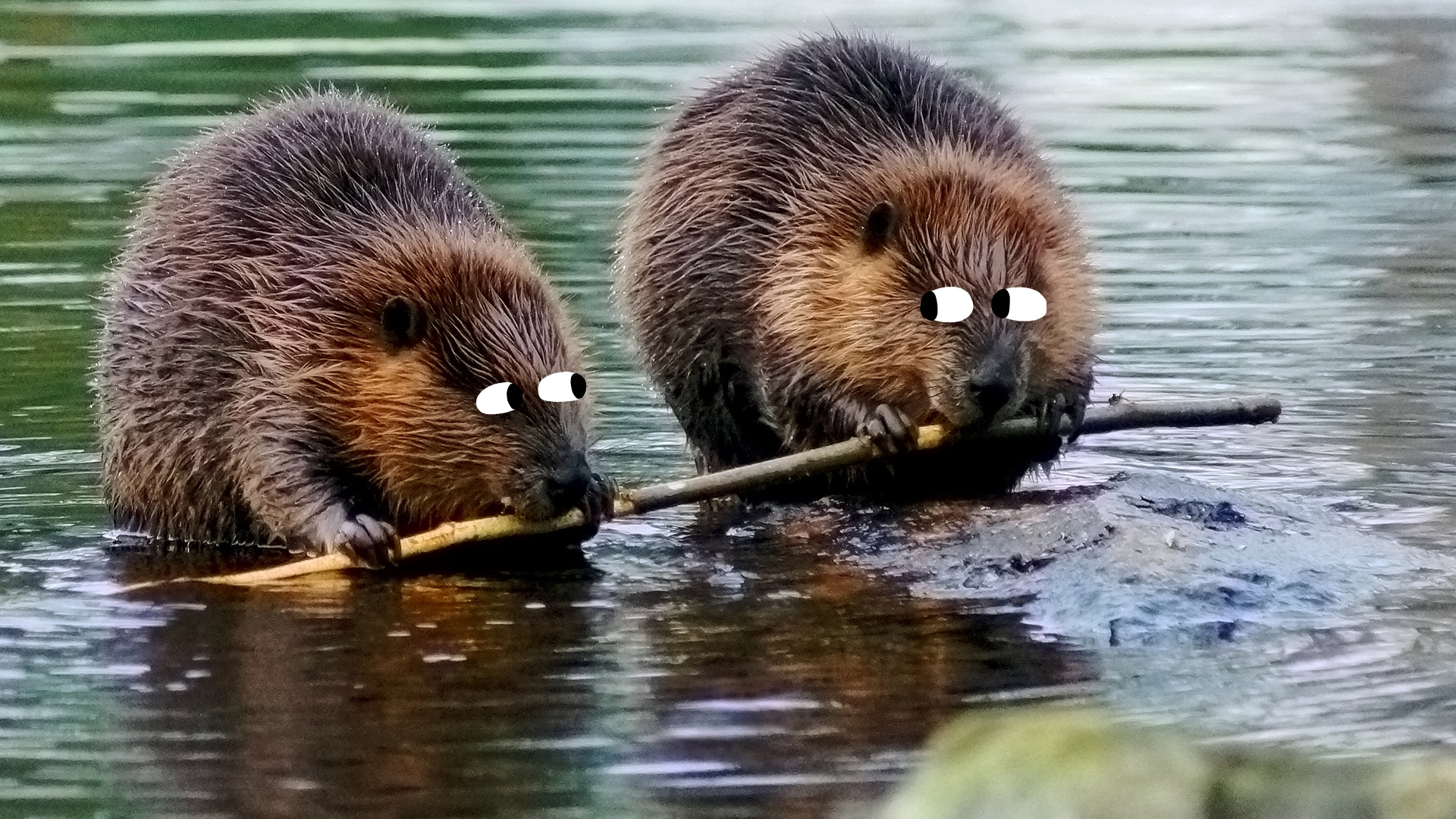
Beavers live in family groups called colonies, which can include up to 12 of the animals. The whole family works together to build dams, lodges, and forage for food. When they're not working, they enjoy grooming each other's fur and wrestling. Just like us humans, beavers value their family and friendships and have a great time hanging out with their loved ones.
13. They have amazing fur
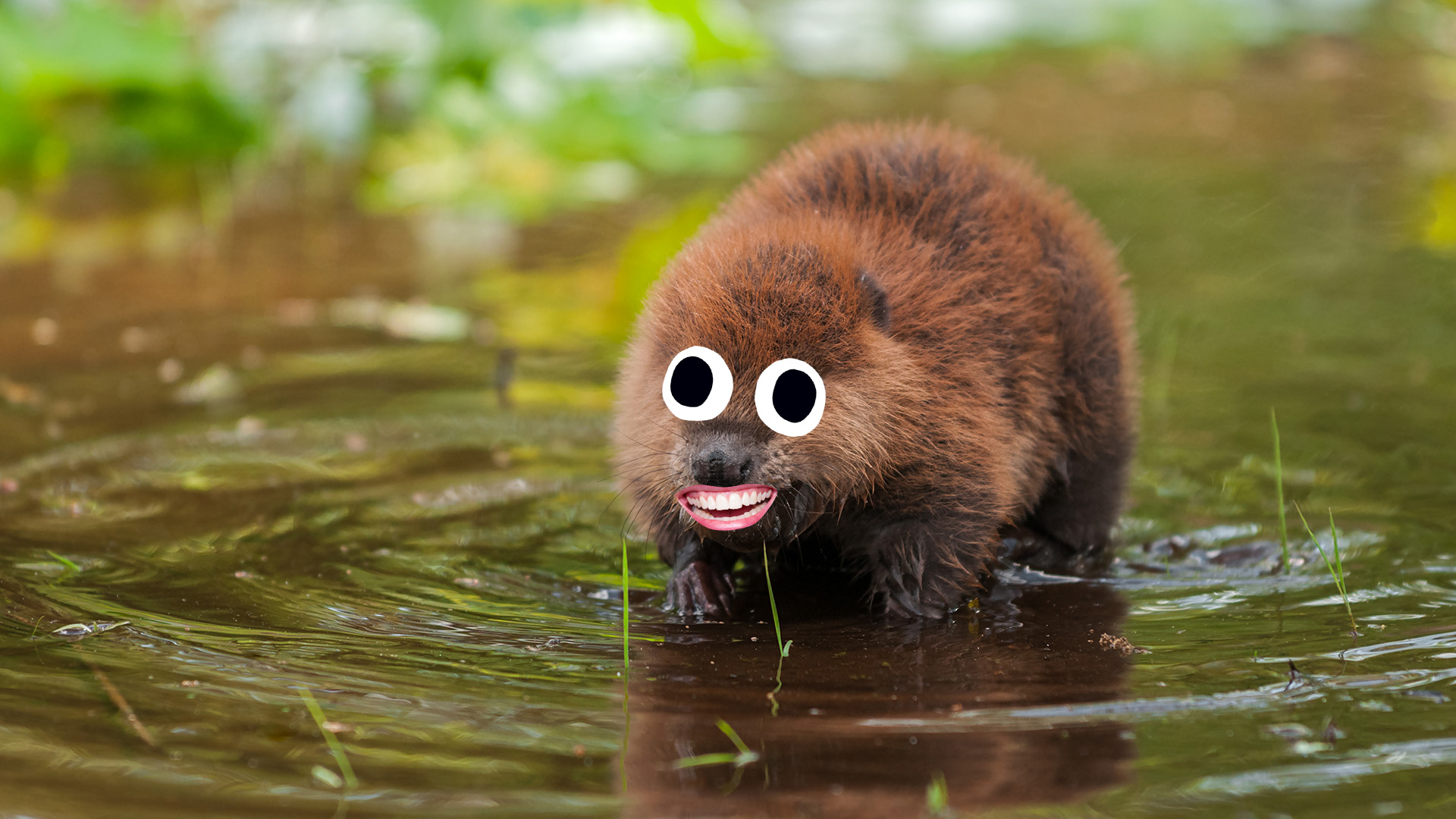
Beaver fur may look a bit greasy, but it's very impressive. It keeps them warm and cozy even in freezing temperatures, and is also waterproof! The fur is made up of two layers: a dense, woolly undercoat and longer, coarser guard hairs on top. The guard hairs keep water out, so beavers can swim around all day without getting waterlogged. Because of this, their fur used to be super valuable for making fancy hats. But now we know it's better to leave the fur ON the beavers, so we use synthetic materials instead.
14. They are a keystone species
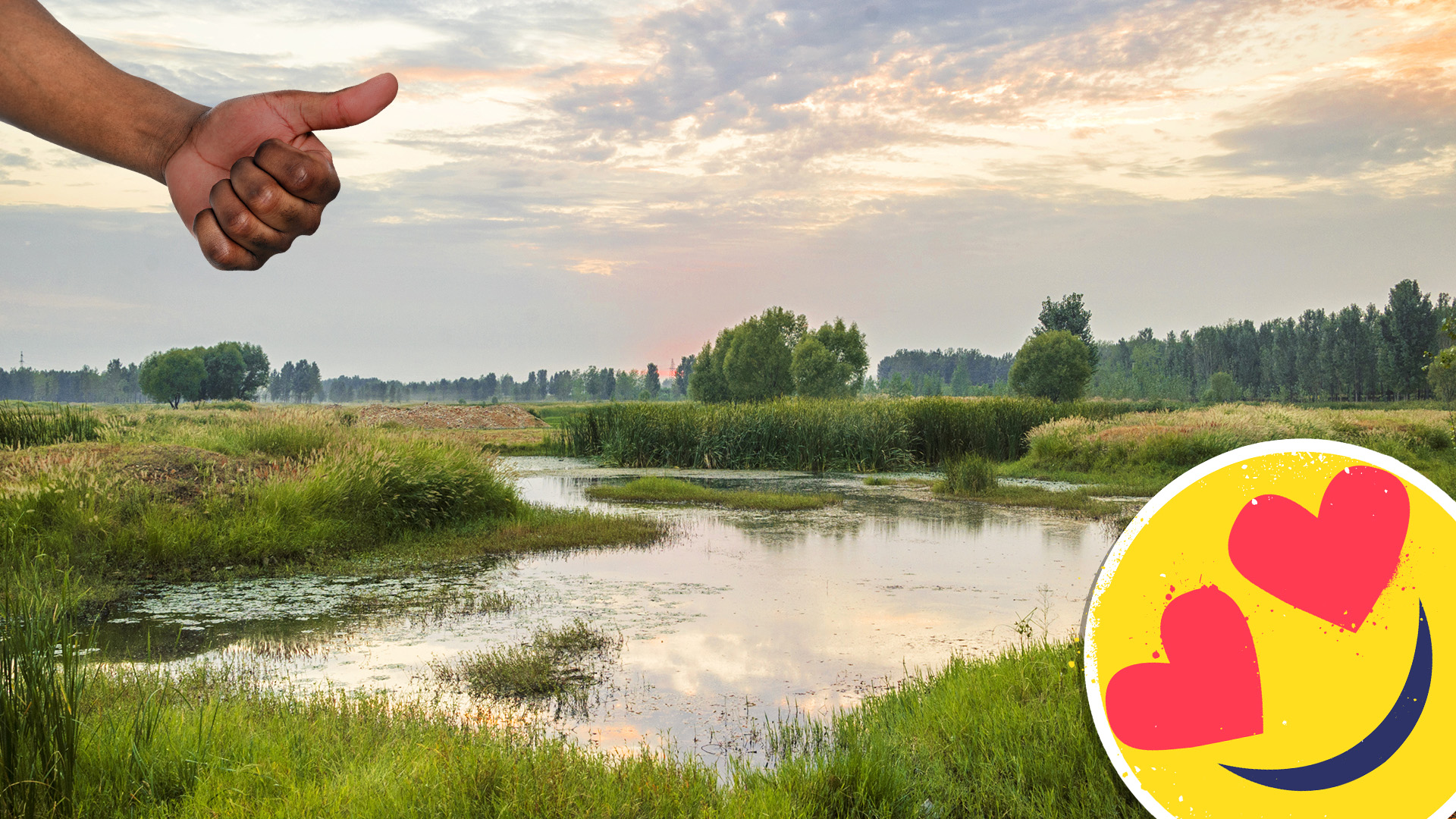
Beavers are very important to their ecosystems because they create wetlands that provide habitats for many other animals, such as fish, birds, and frogs. These wetlands keep the forest healthy, and provide food and shelter for other animals. Without beavers, many ecosystems would be much less diverse and healthy!
15. We need more beavers!
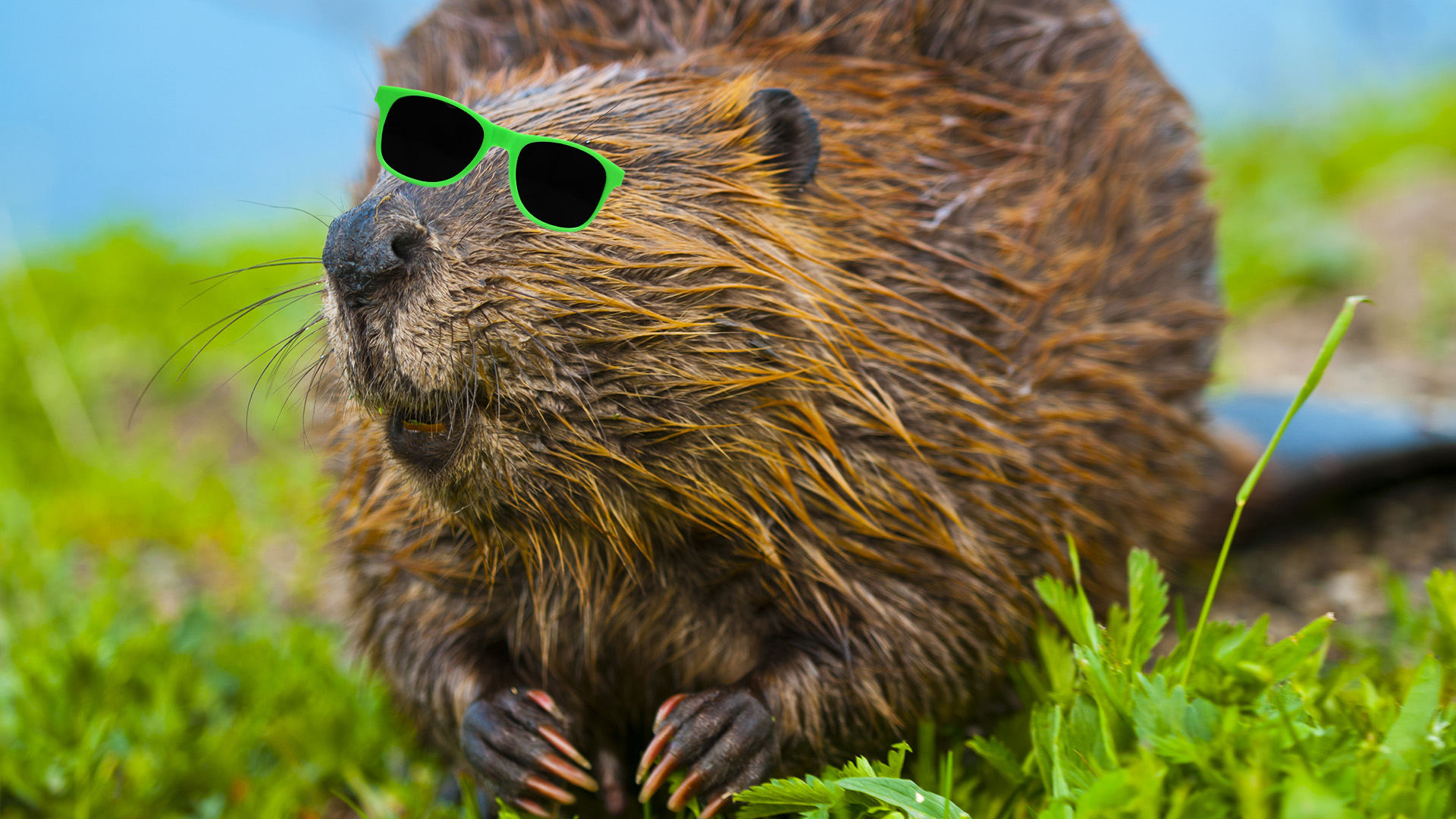
Humans have really damaged a lot of environments in places that beavers would naturally live. But beavers are part of the solution! Some rewilding projects have been really succesful in bringing beavers back to places, and have noticed a huge improvement in a short space of time. Once beavers return to an area, they create lots of opportunities for other animals, and nature gets back to normal much faster. So, less pollution and more beavers, please!















